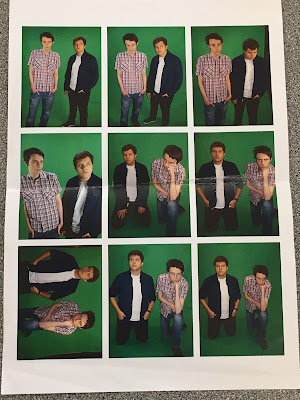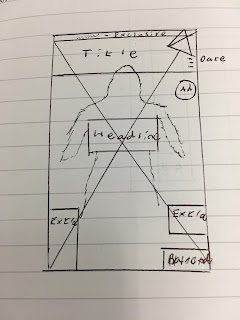In this post, I am showing the contact sheets that I made for the images I took when preparing to make my music magazine. To make these, I had the images separated into three groups; Indie pictures (which I never used for my magazine), Rock pictures and the picture I had took in Town. Afterwards, I highlighted all images in their individual group and chose to print therm. When I pressed print, the images below showed up. I changed the paper size to A4 and chose to print the images as a contact sheet (aside from the Indie group where I printed them as Wallet, since there wasn't enough pictures).
Below are pictures of the contact sheets after they have been printed. However the first two contain pictures that I din't use for my music magazine as they were taken for another person's magazine in the Indie genre which wouldn't have fitted with the Rock genre I was going with.
The other two contact sheets contain the photos that I used for my music magazine. They are both annotated when I was trying to decide which ones to use. The second contact sheet I used for creating a layout for my double-page spread to give me a frame of reference to see how many columns it should have. I ended up using the first one below to take the most pictures for my magazine with only one of the pictures on the second sheet being used.






















































